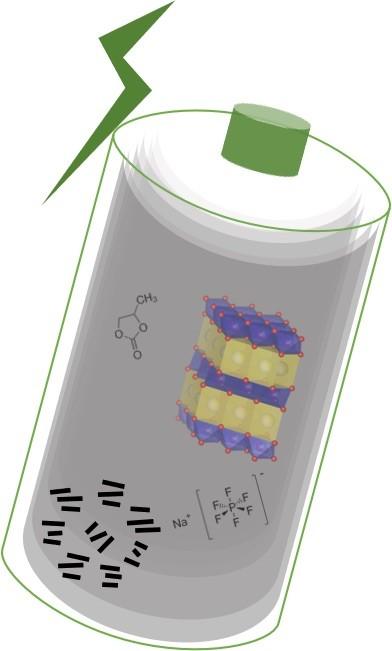
Researchers at Oak Ridge National Laboratory demonstrated that sodium-ion batteries can serve as a low-cost, high performance substitute for rechargeable lithium-ion batteries commonly used in robotics, power tools, and grid-scale energy storage.
Sodium-ion batteries, or SIBs, show promise beyond lithium-ion batteries because sodium’s abundance makes it more affordable compared to lithium. However, limitations in the technical design of their anode, cathode and electrolyte systems prevent SIBs from being widely used.
In a study, ORNL researchers developed SIBs by pairing a high-energy oxide or phosphate cathode with a hard carbon anode and achieved 100 usage cycles at a one hour charge and discharge rate.
“The dedication to lithium-ion batteries over the past 20 years has eclipsed any significant development around room temperature sodium-ion batteries despite the material availability,” ORNL’s Ilias Belharouak said. “This research shows how SIBs can be designed for improved performance.”





